English Heritage sites near Grayrigg Parish
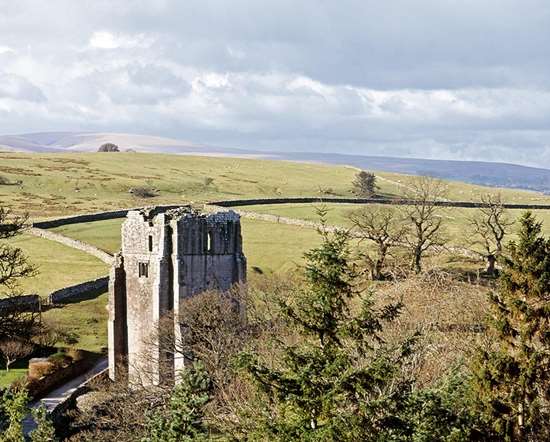
SHAP ABBEY
11 miles from Grayrigg Parish
The impressive full-height 15th-century tower and other remains of a remote abbey of Premonstratensian 'white canons'.
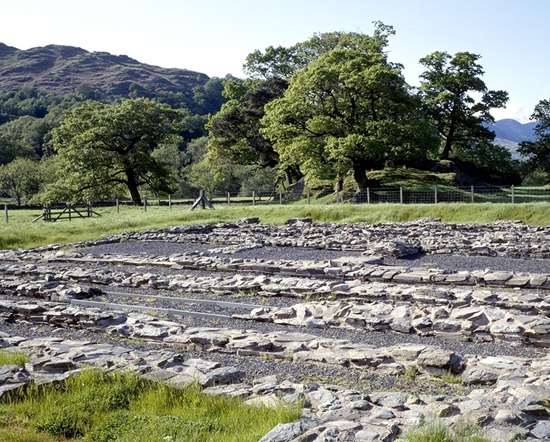
AMBLESIDE ROMAN FORT
14 miles from Grayrigg Parish
The well-marked remains of a 2nd-century fort with large granaries, probably built under Hadrian's rule to guard the Roman road from Brougham to Ravenglass and act as a supply base.
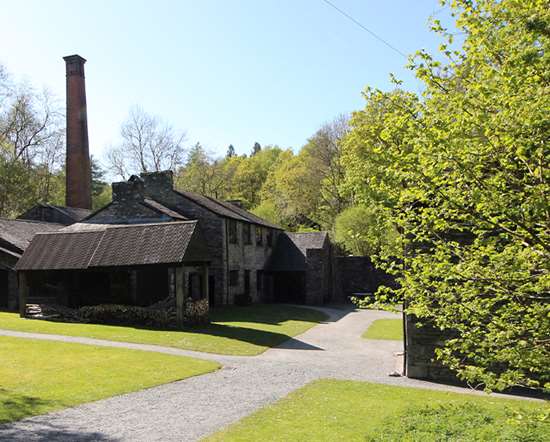
STOTT PARK BOBBIN MILL
15 miles from Grayrigg Parish
In the Lake District in Cumbria, this extensive working mill was begun in 1835 to produce the wooden bobbins vital to the Lancashire spinning and weaving industries.
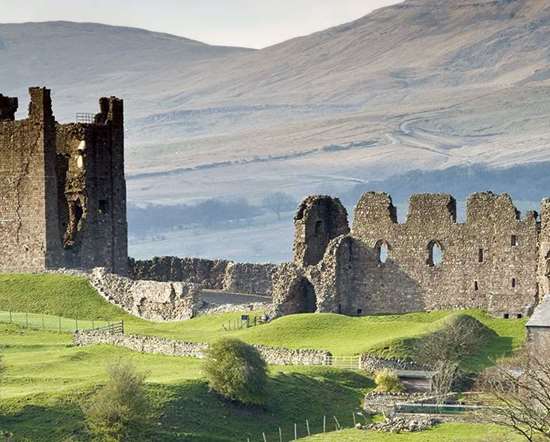
BROUGH CASTLE
16 miles from Grayrigg Parish
Starkly impressive Brough Castle stands on a ridge commanding strategic Stainmore Pass, on the site of a Roman fort.
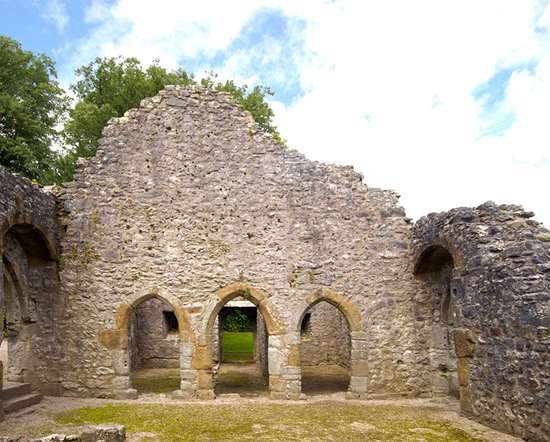
WARTON OLD RECTORY
17 miles from Grayrigg Parish
A rare survival of a large 14th-century stone house with great hall and chambers. It served as a residence and courthouse for the wealthy and powerful rectors of Warton.
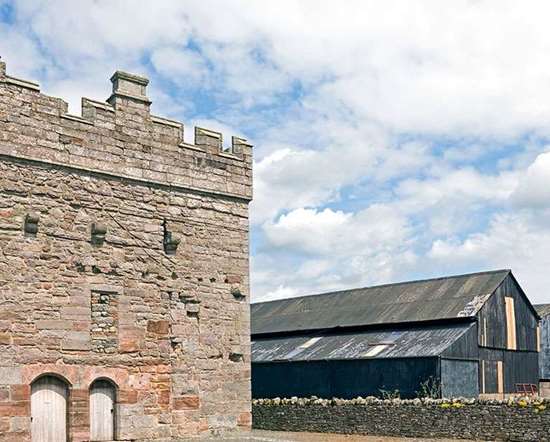
CLIFTON HALL
19 miles from Grayrigg Parish
This 15th-century tower, sole surviving part of the manor house of the Wybergh family, was plundered by Jacobites in 1745 before the Battle of Clifton Moor, the last battle fought on English soil.
Churches in Grayrigg Parish
St John the Evangelist
A685
Grayrigg
01539 722015
http://beaconteam.org.uk
The ecclesiastical parish of Grayrigg consists of the townships of Grayrigg, Whinfell, Lambrigg, Docker and Dillicar with a total adult population of 330. The small fellside village of Grayrigg, some 5 miles north-east of Kendal on the A685 Kendal-Tebay-Kirkby Stephen Road, is the only centre of population and the remainder of the parish consists of mainly scattered farmsteads and other dwellings. This is essentially an agricultural community with church and vacant vicarage, school, almshouses, village hall and garage located in the village. In addition to the working farms, a number of people have various jobs in Kendal and further afield while others are retired. There are one or two second homes and some holiday accommodation. The population is spread over a wide age range.
The church of St John the Evangelist was rebuilt in 1837/38 in the Gothic style of George Webster (1797-1864), a Kendal architect of some repute. It consists of chancel, nave, south porch and embattled western tower, rebuilt in 1869 and containing one bell. The church was again renovated in 1909/10 and accommodates 186. In general the church has been quite well maintained and has recently been rewired and the heating system has been repaired and improved. Problems with the tower have been rectified and the interior of the church re-plastered and is awaiting redecoration. The Chancel is due to be re-carpeted and a refreshments area is in the process of being created at the back of the church. The parish registers of baptisms, marriages and burials date from 1730 and are deposited along with other older church records in the Cumbria Record Office, Kendal. There are no other licensed places of worship in the parish. The church is close to the Dales Way and walkers often stop and visit.
There is one Authorised Minister resident in Grayrigg and three people who are authorised to administer the chalice. There is a rota of people who read the lesson and the intercessions.
Grayrigg Church of England School is a modern building rebuilt in the 1960’s and continues to be kept in exceptional condition. It has 33 pupils on its roll between the ages of 4 and 11. The school and the church have work closely together. There are regular seasonal services in the church where the children attend in good numbers. And they also use the church for religious instruction. There is a monthly after school Religious Club for the children, known as ‘Steph’s Club’ named after the previous Team Vicar’s Dog.
No churches found in Grayrigg Parish
